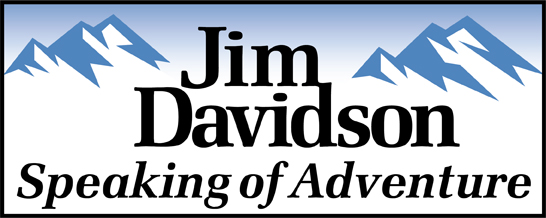We huddled in our tent at Camp 1 just twenty-five minutes after the earthquake stopped. Because the avalanches had finally ceased pouring off the shoulder of Everest, the noisy powder blasts had quieted. The air was filled with urgent chatter gushing from the radio in multiple languages.
Camp 2 above us had been shaken, but they were okay. The radio messages from Everest Base Camp (2,400 feet below us) were heartbreaking. Desperate calls went out for more doctors and any one with medical training. People had been injured. People had been killed. Rumors trickled in that the massive quake had rocked much of Nepal. The scary aftershocks had begun and many more could be expected. Although we were momentarily safe, the future felt very uncertain. What should we do???
If the immediate danger to yourself and your companions has abated, it’s time to STOP & THINK. Here’s a brief video of us struggling to do just that right after the quake:
Stop & Think
Scary things happening around you can make your mind reel. Worry, fear and uncertainty feed off each other, and your thoughts might leap wildly from one concern to the next. Some panicked people seize upon the first possible action that occurs to them, whether or not it is correct, or even useful. While natural, such emotionally driven responses must be constrained so that you can do the most important step: THINK.
Look at the specifics. Determine what they mean. Use strict discipline to separate objective facts (ex: the slope above us just got shaken) from subjective fears (we might get buried by an avalanche!). Look at your position from several different angles. Ask other calm people how they see the situation.
In the absence of rational thought, you might impulsively rush into some action that could make your situation even worse. With your mind racing and your heart pounding, it takes self-control to make yourself sit and think. But it is usually the wisest action.
There is an old wilderness adage: if you get lost in the woods, stop, sit down, and think. Its solid advice, and it applies to every dangerous situation where you find yourself struggling to stay resilient.
When uncertainty and anxiety loom large, it’s critical to stop and think.
Jim Davidson
Speaking of Adventure
Note: This is the fourth video in a gripping series that I shot on Mount Everest immediately after the earthquake on April 25, 2015. Watch this space for another video next week.
